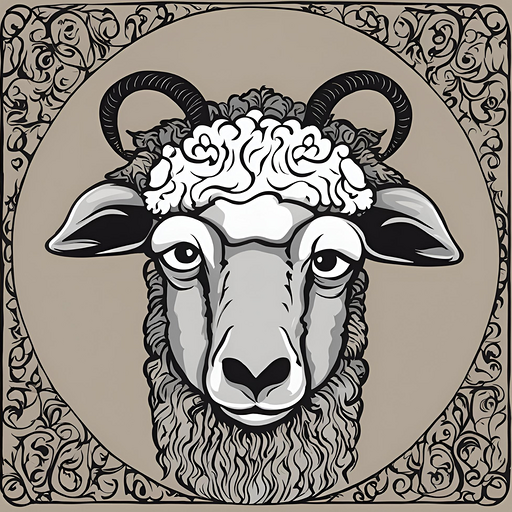How We Crafted the Agrinet Design Language
This is the summary of a very long blog post,
Use a <!-- truncate --> comment to limit blog post size in the list view.
The Agrinet documentation revamp took inspiration straight from the React Native playbook. We wanted our docs to feel like an application—fluid, responsive, and focused on the journeys that matter most. Here's how we translated that into Agrinet's experience.
Hero narrative anchored in outcomes
React Native's homepage sets a tone of confident exploration. We mirrored that by framing Agrinet's hero around clear actions: explore the federation, activate a cluster, and test your APIs. The layout relies on a soft gradient backdrop paired with bold typography, yielding a familiar yet fresh landing moment.
Navigation tuned for builders
We preserved React Native's left-aligned nav groupings and emphasized fast access to docs, guides, architecture notes, and API references. A translucent navbar ensures the calls-to-action stay in view without obstructing content.
Feature cards with motion-ready gradients
To echo the React Native marketing site, we rebuilt our feature callouts as gradient-rich cards with subtle shadows and spacious padding. Each card connects to a next step—reading tutorials, reviewing launch kits, or testing with the Agrinet CLI.
Blog as a storytelling surface
With this update we also introduced the Agrinet blog. Articles lean on vivid hero art, spacious line-height, and clear metadata badges reminiscent of React Native's blog roll. Expect engineering deep-dives, platform updates, and rollout guides to land here regularly.tum dignissim ultricies. Fusce rhoncus ipsum tempor eros aliquam consequat. Lorem ipsum dolor sit amet
